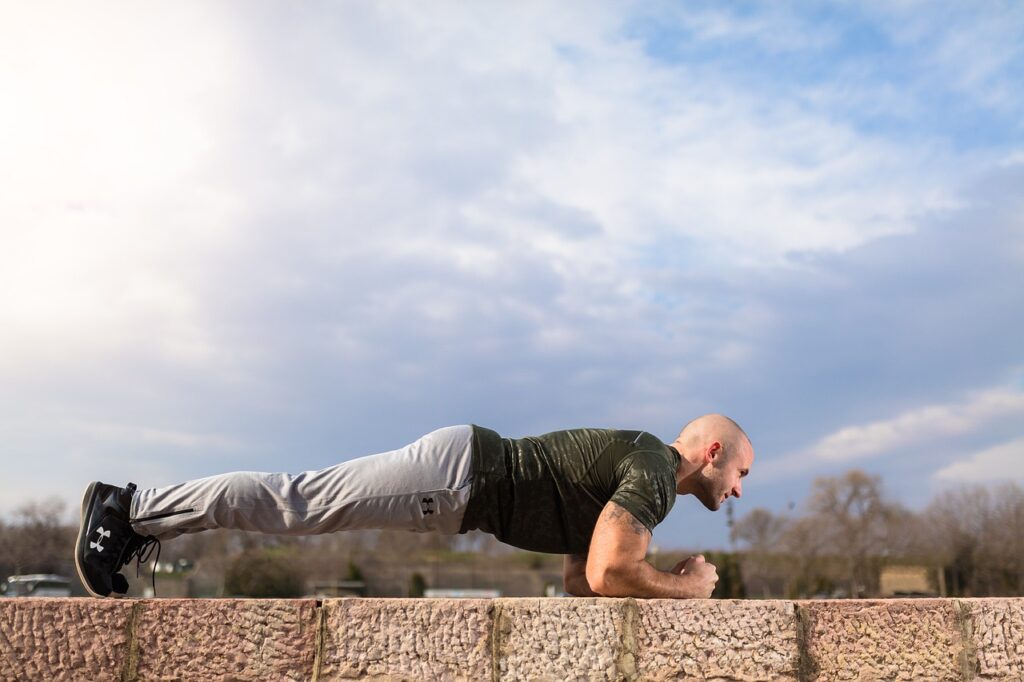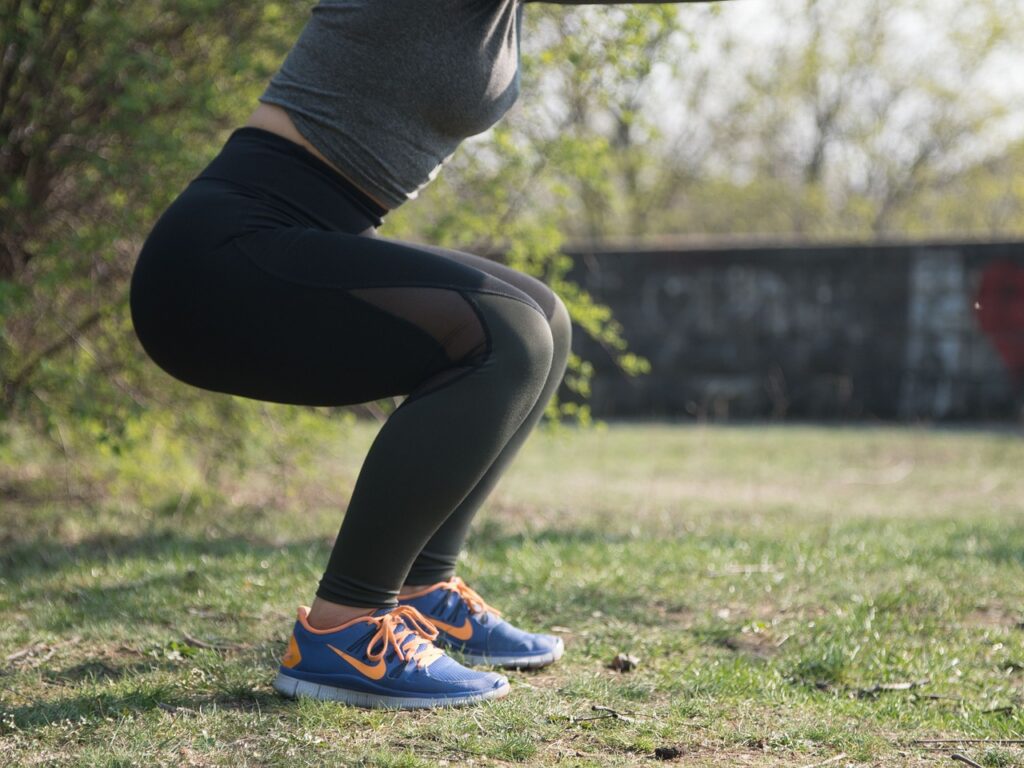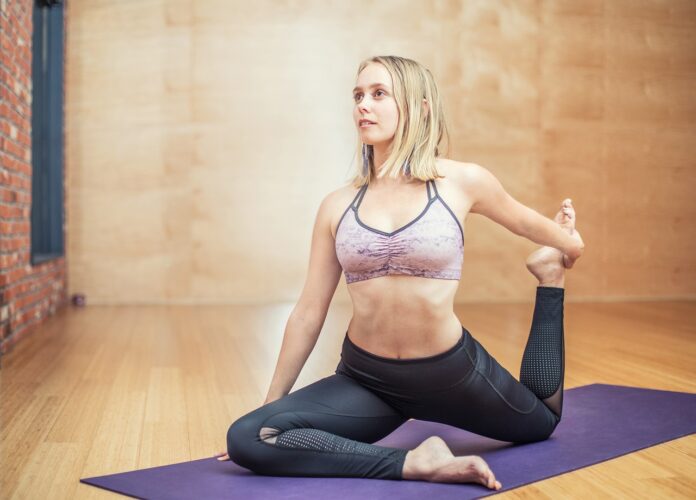Some exercises are easy, some are difficult but manageable. But there are always some that we truly despise. Some people are so condemned that they have their own version of phrases like “I hate burpees too”. If you’re not the type to say “no pain, no gain”, then is it okay to skip burpees or any other least favorite move?
“There are movements that some people will never want to do, and that’s okay. But when it comes to fitness, most people underestimate themselves,” said Chicago-based mental health counselor and personal trainer Ashantis Jones.
Ms. Jones said that trying something difficult and feeling like you can actually do it boosts confidence beyond the physical benefits of the gym. In a 2022 study, scientists found that adults who they classified as “dissatisfied” reported higher life satisfaction after trying activities outside of their comfort zone (often physical).
Brooklyn-based personal trainer and Pilates instructor Crystal Fasano said, “No one likes to do something they’re not good at.” But “change happens when we get a little uncomfortable,” she said. Secret: Every exercise can be modified, and each version of an exercise matters.
According to a sample of experts, here are some of the most valuable exercises given that they are least favored and how to make them a little more appealing.
Planks
In a candid conversation, Ms. Jones revealed a common sentiment among her clientele: disdain for planks. This aversion may stem from a lack of proper technique or attempting overly challenging variations. Yet, planks stand tall as one of the most potent tools for fortifying core muscles, crucial for enhancing posture, balance, and overall stability. Neglecting them means forfeiting significant benefits.

How to Adjust
In the classic plank, you hold your body in a horizontal, straight line, supporting yourself on your hands or forearms and the balls of your feet. there’s more than one approach to tackle this challenge.
Ms. Jones said, “You can do plank with your forearms and knees, or hands and knees.” She said that you can even place your hands on a sturdy chair or a wall: elevating your upper body makes it more challenging.
Jumps
Whether it’s jumping jacks or squat jumps, Ms. Fasano said, many people hate jumping exercises. They struggle to land on the ground after jumping and don’t understand how to mitigate the impact on their joints.
Mylar Hovell, a private trainer and co-owner of CrossFit in Brooklyn, said this is a missed opportunity. “Jumping improves balance, coordination. If we slip, it helps train a rapid response,” he said.
How to Adjust
There are some circumstances – injuries, recent surgeries, joint instability – that can make jumping a bad idea. And if you have any kind of pelvic floor dysfunction, particularly stress incontinence or pelvic organ prolapse, it’s best to consult a physical therapist first and start slowly.
But finding more inclusive activities can be difficult: beyond balance and coordination, jumping increases your heart rate and even strengthens your pelvic floor. And learning to land softly can be very helpful.
Ms. Fasano suggested that when landing, bend your knees slightly and aim to touch your toes and the balls of your feet first before your heels hit the ground. Additionally, start slowly and gradually increase the pace. You can start with step-ups on a small box before progressing to a larger box. Or, for jumping jacks, start with step jacks and then bounce your feet a few inches off the ground before doing a full jumping jack.
Squats
Mr. Howell enjoys observing how people around him move, whether they are in a fitness setting or on the metro. In some gyms (not his own), “no one is sitting down,” he said. Then, on the metro, he noticed that when fellow passengers need to get up from their seats, they need to grab onto a pole. He said, these two things are connected.
Mr. Howell said, squats are a fundamental movement pattern that anyone who wants to sit and stand independently (whether from a metro seat or a toilet) should do. That doesn’t mean you have to like them, but there are ways to make them more tolerable.

How to Adjust
Start simple. “Take a pause on the bench before rising gracefully to your feet, embracing the momentum of your motion. Do this several times,” Mr. Howell said. When you’re ready, try sitting on the bench and, for a few repetitions, put most of your weight on one leg, then the other. He continued, work up to doing squats without a seat and when that feels good, add weight.
In New Jersey, a private trainer, Jill Koshak-Johnson, said our hamstrings should be deeply flexible to allow our knees and hips to bend. If your hamstring flexibility is limited, some exercises and standing with your feet shoulder-width apart (available in most gyms) can help.
Deadlifts
Ms. Koshak-Johnson said the fear of deadlifts is more associated with fear than hatred: “People think deadlifts are bad for their backs or can exacerbate existing back injuries.”
And yes, if you attempt a deadlift, which involves bending at the hips with heavy barbells on your back, your back could rebel. But a properly executed deadlift is one of the best ways to strengthen your hamstrings and glutes, which “can actually help remove load from the back,” Ms. Koshak-Johnson said.
How to Adjust
Ms. Koshak-Johnson said if you can address tension or tightness in your pelvic floor along with limitations in hip mobility, you may feel more supported in deadlifts. Get ready to crush your deadlift session by priming your internal hip rotators and adductors with targeted exercises. She said, if necessary, elevate your knees with hip hinges and then stand up. Then gradually increase the weight, use a pair of light dumbbells to understand it, and ask a trainer or knowledgeable friend to check your form.
Burpees
Burpees, the exercise that triggers both groans and determination, invariably tops the charts of despised workouts.. In the 1930s, Royal H. Burpee, a physiologist, invented it as a fitness test, later adopted by the military and navy, and it is still popular in CrossFit gyms and other athletic venues. Many of Mrs. Jones’s clients believe they can’t do it because they don’t have a CrossFit box. But many people can modify it, she said.
“Burpees are the great equalizer, disregarding body shape and embracing every individual’s unique fitness journey and capabilities. They’re equal-opportunity fitness challengers,” she remarked confidently.
How to Adjust
At its core, the burpee involves going from standing on the ground to a horizontal position and then back up. An advanced burpee can involve quickly sitting down, jumping on a box, doing a push-up, jumping forward into a squat, then jumping back to standing. But you can adjust any part that feels too cumbersome, Ms. Jones said. You can step back instead of jumping, skip the push-up, step one foot forward at a time, or stand without jumping.
She said, “It doesn’t have to be fast, it can be slow.” None of those difficult elements “are necessary to become a burpee for a burpee.”
- Travel Experts Rank the Top Packing Cubes for Seamless Adventures

- New Study Finds Intensive Weekend Workouts Key to Shedding Belly Fat

- What exactly is Dropshipping? A Deep Dive into the E-commerce Phenomenon

- Optimizing Supply Chain Management with Predictive Analytics: A Game-Changer for Businesses

- OpenAI Introduces Groundbreaking Audio Feature: Text-to-Speech Capability Mirrors Human Voices





Your point of view caught my eye and was very interesting. Thanks. I have a question for you.
Thank you for your sharing. I am worried that I lack creative ideas. It is your article that makes me full of hope. Thank you. But, I have a question, can you help me?
Your point of view caught my eye and was very interesting. Thanks. I have a question for you.